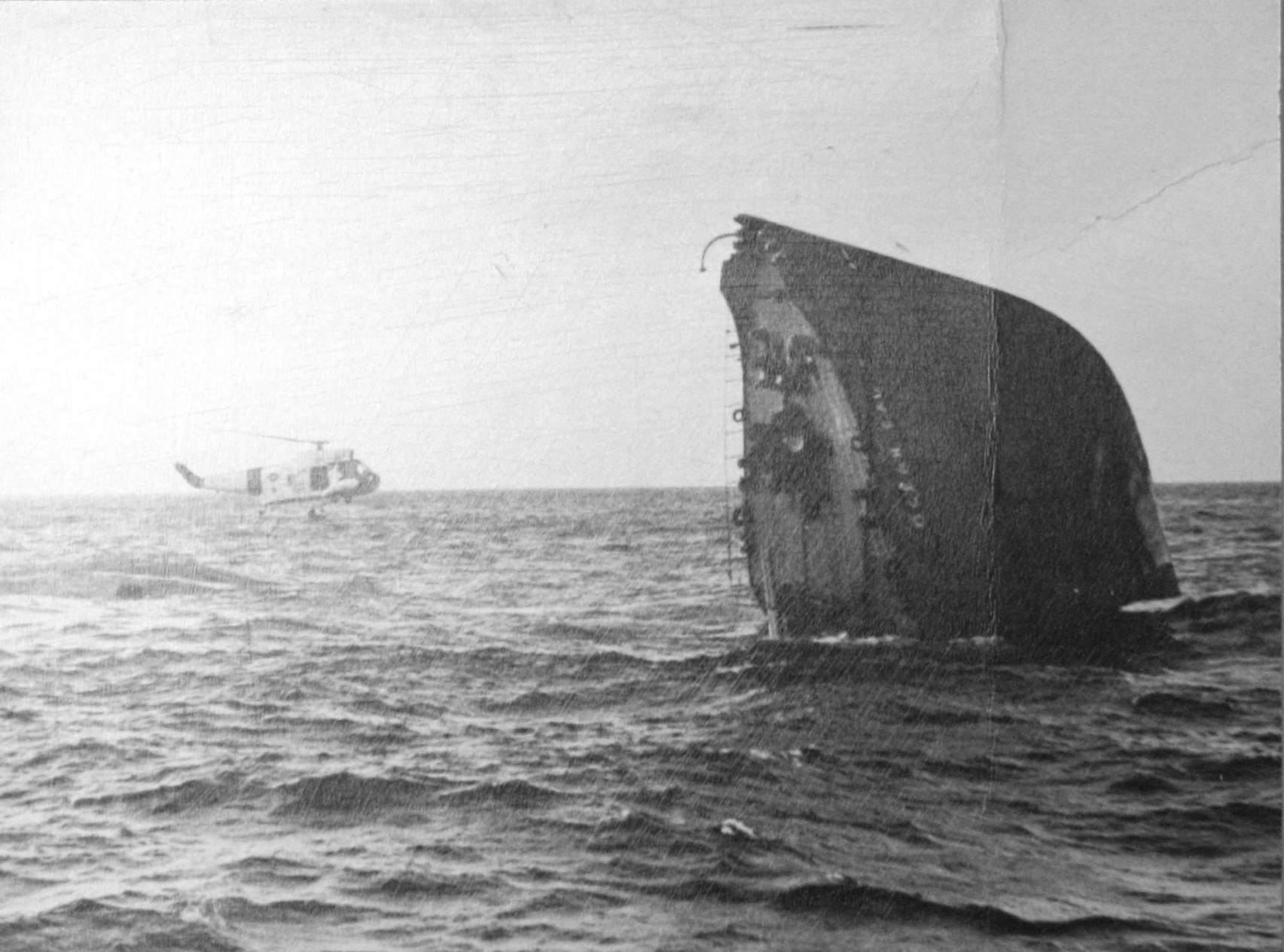American President Lines wool hat badge
Gemsco hallmark on flag.
Wool backing and wreath of gold bullion thread.
House flag, enamel with gold fill.
Second World War era.
badge: 70mm x 50mm
flag: 25mm x 22mm
As noted in a previous post, shipping companies’ ships were appropriated for the duration of the war with seamen and officers militarized. This is an example of the cited officers’ badge of wool backing.
Some have subtly speculated that wool backed badges without an eagle (with an eagle, such hats are known as “high pressure” hats) were worn by warrant officers or chief petty officers. Whereas, the truth of the matter is that ships appropriated by the Maritime Service and run by the shipping companies by their own personnel were not as rigid in uniform distinctions between grades of officers; in fact, shipping companies did not use a rating scale: officers were ranked according to seniority and responsibility (and licensure if in the Maritime Service proper). For example, seamen’s documents from after the war, and belonging to sailors on MSTS ships, showed a corresponding rank and rate, as such things did not exist in the Merchant Marine. As for officers aboard American President Line ships, their uniforms were prescribed by their company, and any hats and devices, and reefer jackets and cuff braid were oftentimes custom made and personal purchases. This particular device came from S. Appel & Co, a uniform company that had shops in both New York and Miami.
American President Lines
House Flag.
Woven cotton and canvas, no synthetics; attached to manila rope.
Flag, 4 x 6 feet
Circa Second World War.




